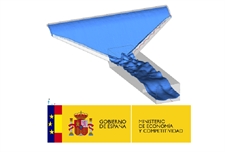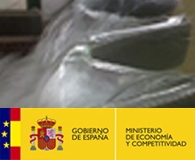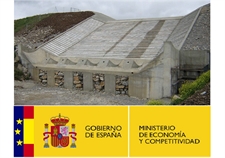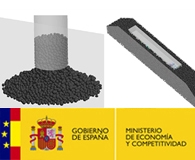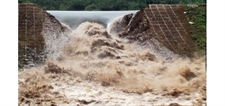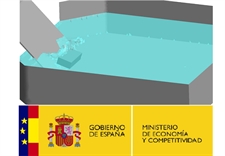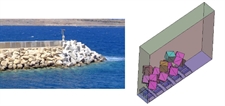ALCON
ALCON
DEVELOPMENT OF DESIGN CRITERIA TO INCREASE THE DISCHARGE CAPACITY IN GRAVITY DAMS USING SPILLWAYS WITH HIGHLY CONVERGING CHUTE WALLS
PARTNERS: CIMNE, UPM, ALATEC
The main objective of this project is to develop and validate criteria for the design of spillways with highly converging chute walls in gravity dams. This typology of spillway is a very promising solution in new concrete dams when the required spillway crest length is greater than the available width of the river bed. Furthermore, it can be the optimum solution to increase the discharge capacity in existing gravity dams having under-dimensioned spillways. This is the case of many dams in Spain, which were designed and constructed under former regulations. This is a major concern for dam owners nowadays.
The research aims to characterize properly the hydraulic and mechanical behavior of this type of spillways. It is based on the installation of lateral channels which conduct the flow coming from both margins towards the stilling basin.

Figure 1. Schematic plan view of the spillway
This kind of spillways has been used in several dams all over the world, such as Vatnsfell Dam in Iceland, Pagade Dam in Portugal or the Hammam Grouz Dam in Argelia. More specifically, there are some more references in Spain as Bayona, Vilasouto, Doña Ana and Zapardiel de la Cañada, where this solution was adopted as the initial design or Torre Abraham Dam, where the original spillway was refurbished this way.
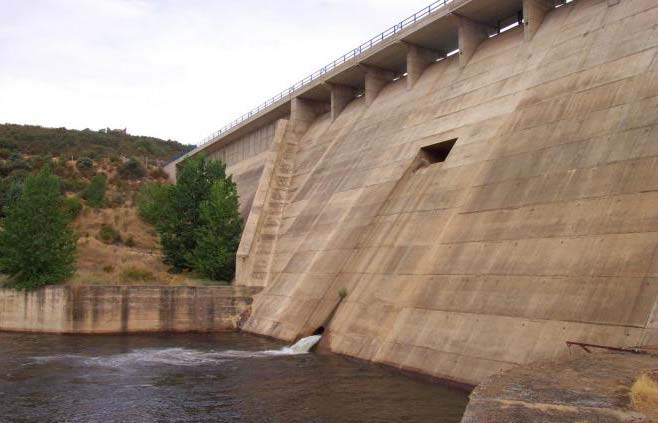
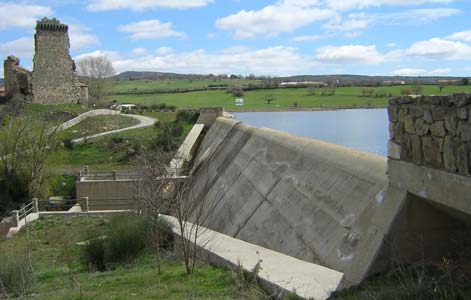
Figure 2. Examples of Spanish dams using this type of spillways: Torre Abraham (left) and Zapardiel de la Cañada (right)
However, the lack of general design criteria for the designers to evaluate the feasibility of this solution penalizes it in front of other more conventional options. Furthermore, the range of application of this type of spillways is not well known, so that the pressure, possible appearance of cavitation and the magnitude of the stresses need to be analyzed in detail.
The objective of this research line is the detailed analysis of the hydraulic behavior of the spillway, simulating the movement of the water in the chute using both physical modeling techniques in reduced models, and numerical simulations.

Figure 3. Numerial simulation of the pattern flow near the chute walls
Figure 4. Examples of numerical simulations of this type of spillways: hydraulic jump swept (left) and hydraulic jump drowned (right)
 Este proyecto ha sido cofinanciado por el Ministerio de Economía y Competitividad, en el marco del Plan Nacional de Investigación Científica, Desarrollo e Innovación Tecnológica (2008-2011). Programa Nacional de Cooperación Público-Privada. Subprograma INNPACTO (IPT-310000-2010-11).
Este proyecto ha sido cofinanciado por el Ministerio de Economía y Competitividad, en el marco del Plan Nacional de Investigación Científica, Desarrollo e Innovación Tecnológica (2008-2011). Programa Nacional de Cooperación Público-Privada. Subprograma INNPACTO (IPT-310000-2010-11).
